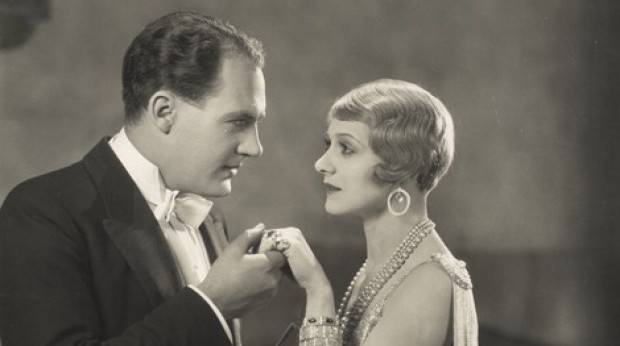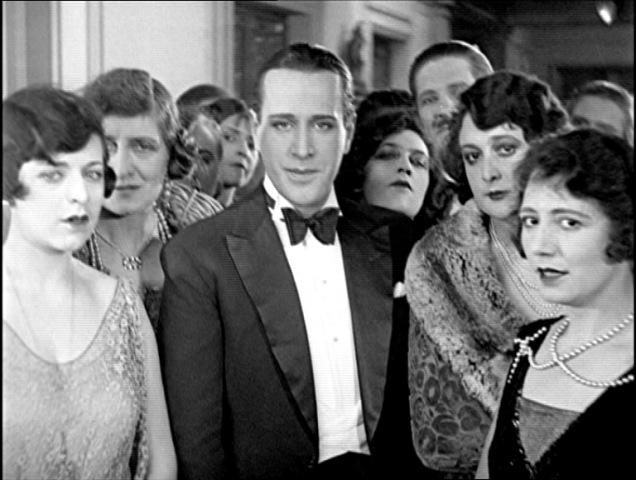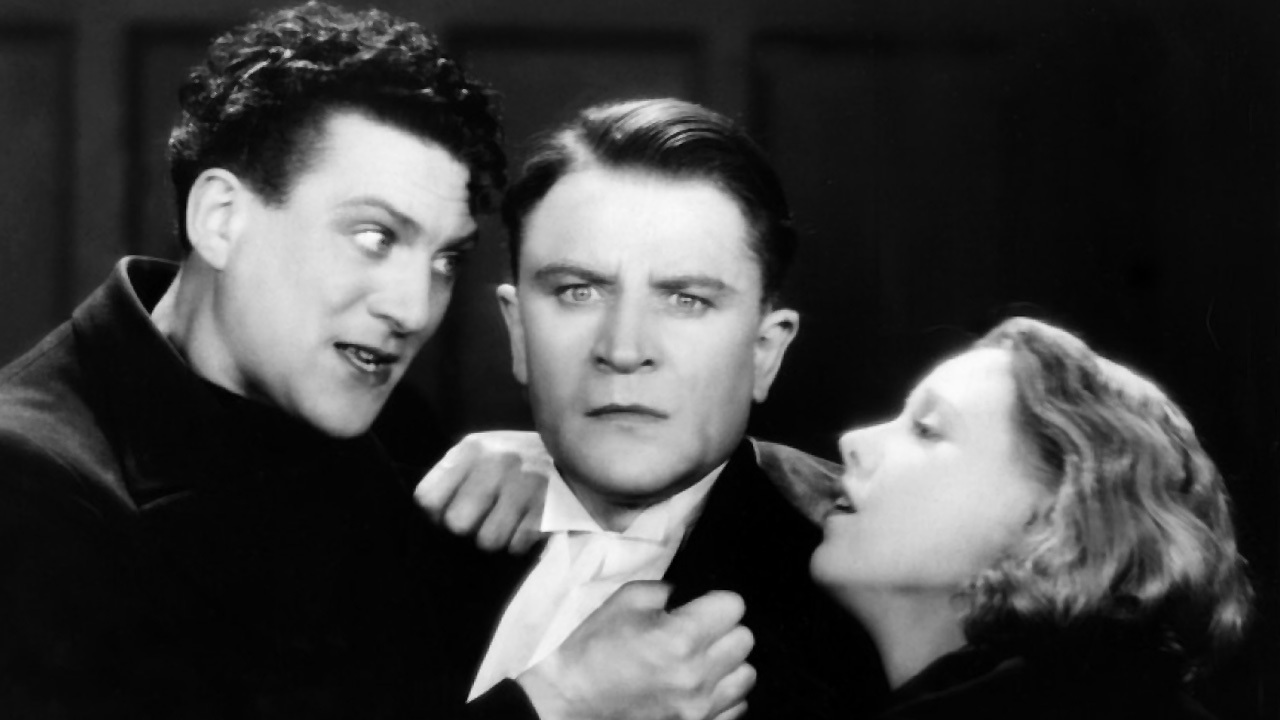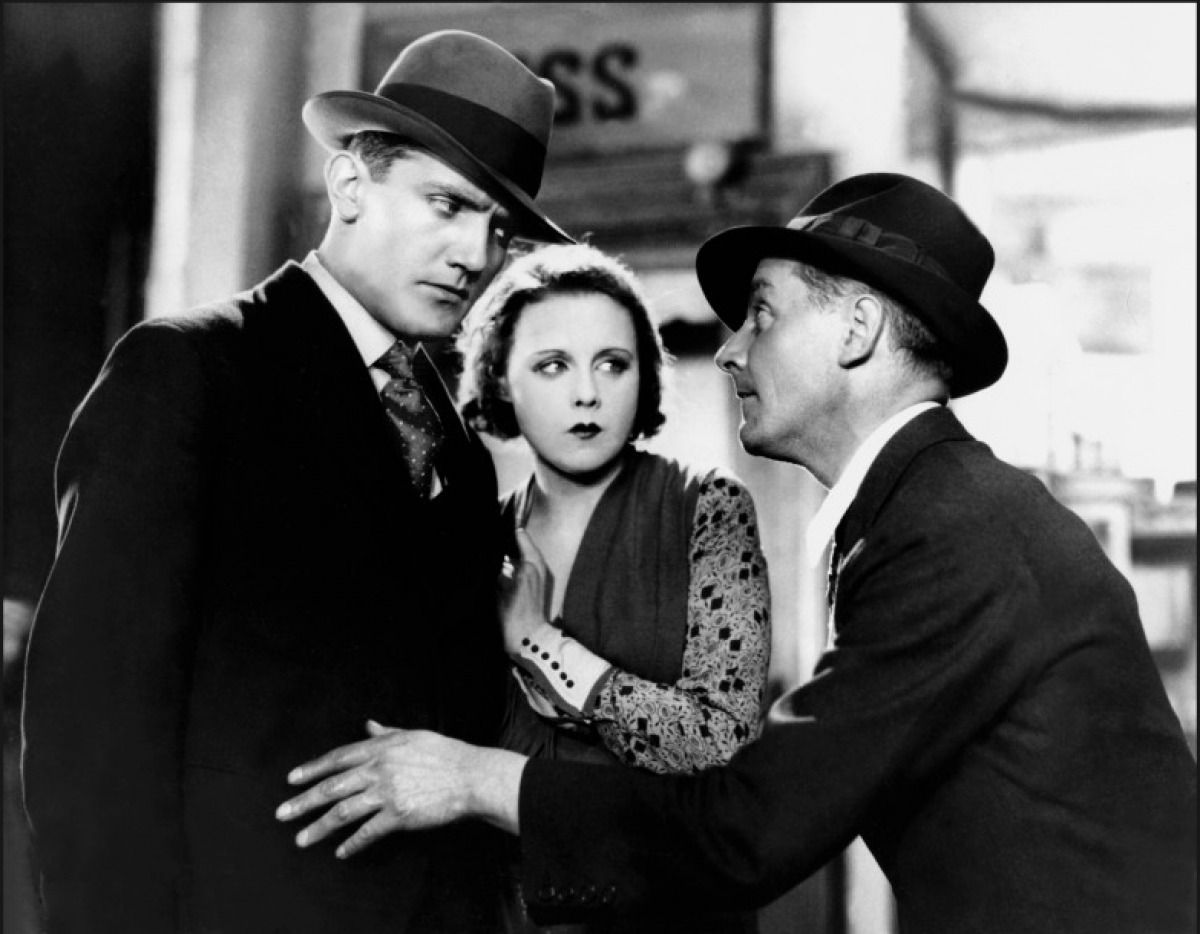5. The Farmer’s Wife (1928)

After his wife’s death and his daughter’s marriage, farmer Samuel Sweetland is left alone in his house with two servants. However, recalling his wife’s deathbed words that he should remarry, farmer Sweetland decides with the help of his housekeeper Minta seek for a new wife among the local single women who attended his daughter’s marriage, unbeknownst to him is the fact that Minta is in love with him.
This is undoubtedly one film far from what is considered a Hitchcock film, it is a comedy centred on the life’s discoveries of an ordinary man. However, we shall discover than this film shares common points with other more ‘Hitchcockian’ films.
First is the fact that this film surpasses the realm of simple comedy to include elements that rise the film to a sort of vehicle to explore again the lack of moral and virtue in society, turning much of the film’s characters into type characters that serve as symbols of behaviours and patters that consciously or unconsciously is mimicked by society.
On one hand, we have Samuel Sweetland, who aside from his humble position as a farmer, thinks of himself a better party than what he really is – he thinks of himself a man that can provide a woman with a comfortable life, however, lacks in understanding that he is a middle-aged man and that those single women are often looking for someone younger. On the other hand, we have the women courted by Samuel Sweetland symbols of dullness, of ignorance, of selfishness.
Another interesting point in “The Farmer’s wife” is a characteristic that Hitchcock develops throughout the making of this silent films – “getting rid of the silent film conceptions” (this term is a personal invention).
Meaning that throughout his films Hitchcock avoids using the usual elements of silent film such as title cards or various shots of the same scene in order to completely explain what is being seen.
As noted before about the use of superimpositions when describing “The Ring”, Hitchcock not only makes a more resourceful use of those but also invests in the making of montage sequences that explore the passage of time, the increase or decrease in someone’s desires or fears, among other notions which by the norms of silent film would have been given to the audience through the use of title cards or overacting.
6. Easy Virtue (1928)

In “Easy Virtue” yet another character is bound to run from society and its so called moral code, a woman by the name of Larita Filton. This woman who upon the film’s beginning stands in a courtroom due to her divorce proceedings, decides to escape from this confusion and disgrace and goes to France.
There she meets a wealthy young man by the name of John Whittaker with whom she expects to start a new life. However, members of John’s family (particularly his mother), unsatisfied with the references they have from this woman and suspicious that she is hiding something quickly decide to launch an investigation on her and end up discovering what she has been trying to conceal at all costs.
Here and in many of his later films Hitchcock works the sort of cat and mouse game and chooses to explore the psyche of each character by playing with the importance of an object or place and how these affect the people in the narrative.
Also noteworthy is to observe the trajectory of the lack of morals. Meaning, the films starts by presenting us with a woman who faces divorce in court, as she runs away and finds a new love slowly her image starts being cleared until the lack of morals we (audience) saw on her travels into her new husband’s family – particularly the women who envy this new source of interest of their son/brother.
However, it is understood that the family is the one lacking of morals and virtue because of their childish behaviour towards the new member, instead of concealing their true ideas about her as any person of their rank should do.
“Easy Virtue” is the perfect title for a film that truly explores the temporary nature of society’s moral code. It only takes a small conflict between moral and own well-being to discover that all moral ideal is abandoned in order to achieve personal well-being. Which in the end is a key to understand Alfred Hitchcock’s filmography.
Another of the director’s cameos happens on this film, when he is seen walking with a stick through a tennis court.
7. Champagne (1928)

In this comedy, much is learned by Betty Balfour’s character once her father, a millionaire, decides to teach her a lesson and lead her out of her flamboyant life style by letting her know that the family’s fortune has been lost. Therefore, forcing her to find a new path to her troubled life.
About this film Hitchcock said “That was probably the lowest ebb in my output (…) there is no story!”. Despite this fact and the bluntness of the characters, there are two noteworthy aspects.
First, and then again, the exploration of moral codes and righteousness with the attempted lesson the wealthy father tries to give to his daughter, the return of the boyfriend character after all that happened (even though his position is always somewhat ambiguous), and of course the path the girl’s life takes as she learns about the hardness of life and the importance of honesty (she is robbed in the value of the jewels she tries to sell), humbleness and other values in life.
And in second place, this film is also worth watching due to the director’s experimental subjective camera which is quite bold at the time by exploring the value of extreme close-ups, put together on editing sequences completely dominated by the frenzy and confusion proper of the type of environments the film recreates.
8. The Manxman (1928)

In “The Manxman”, faith decides to play with the lives of three people, yet another love triangle, this time formed between a poor fisherman named Pete, who is best friends with middle-class lawyer Philip, both of them in love with lovely Kate.
On this film, Hitchcock, said with his usual peculiar sense of humour that the “only point of interest about that movie is that it was my last silent one”. Even though the director was not too proud of “The Manxman”, the film does have some other points of interest. First is the fact the director understood the type of film he had in hands and thus decided to invest in a subtle directing style that invested in the power of the tableaux to unfold the various drama layers existent in a given scene.
Hitchcock understood that nothing peculiar was going on with this love triangle and that only faith decided to play a biter surprise on the three of them and from that point of view we have to appreciate Hitchcock’s subtle but intelligent choice. Perhaps any other director at this period would have tried to emphasize the drama or push it towards other limits without really existing necessity for such.
The second element to have in consideration is precisely described by author Maurice Yacowar in “Hitchcock’s British films”: “The Manxman is a minor gem. It has his richest text up to that point, the most touching characterization, and some of the strongest imagery. Hobbled by a tangential morality, the film is still a fuller realization of human nature than his subsequent thrillers”.
9. Blackmail (1929)

Even though this list is titled “The Silent Essentials”, not to include “Blackmail” would be an injustice since the film began shooting as a silent film, however, producer John Maxwell, throughout the shooting period gave Hitchcock permission to shoot it as a talkie in order to catch on the new trend that came from Hollywood – sound films.
However, the director found this idea rather senseless because it was solely concern with the film marketing and not with the film form and content and therefore decided to shoot the film almost entirely with sound (it is estimated that only the film’s opening and perhaps seven minutes are silent or rather have only orchestrated music accompaniment).
With that being said “Blackmail” should be regarded as a somewhat end of a cycle and we shall include it as such. In the film, a Scotland yard detective, Frank Webber, and his girlfriend, Alice White, find themselves being blackmailed by someone who witness her leaving a murder scene. Alice indeed left the murder scene once she was almost raped by an artist who had asked her to pose for him.
A review of this period describes “Blackmail” as an outstanding effort: “We understand that Mr. Hitchcock began this production as a silent film and was then called upon to adapt his plans to meet the requirements of dialogue.
He has certainly succeeded to admiration, for this is neither the mere adaptation of a stage play to the screen nor a silent film fitted with stage dialogue, and it may well be that Mr. Hitchcock has solved the problem of combining the two and helped towards assigning the true position of the sound film in the ranks of entertainment”.
There are a number of aspects worth highlighting in this Hitchcockiest film of the group, however, instead of writing we should observe Hitchcock’s mastery through two different sequences the almost rape scene (which conceals of course a great number of sexual symbols and tension) and the chase sequence later on the film (one of the first and more intricate sequences directed by Hitchcock).
Another of the director’s cameos also happens on this film when he is seen on the London Underground being pestered by a young boy.